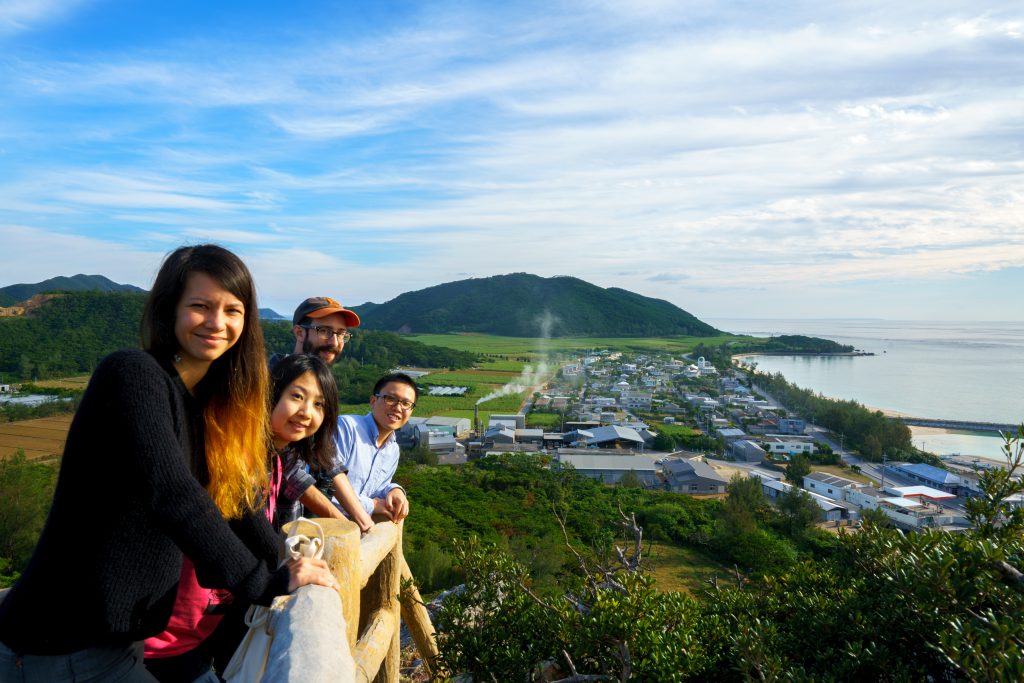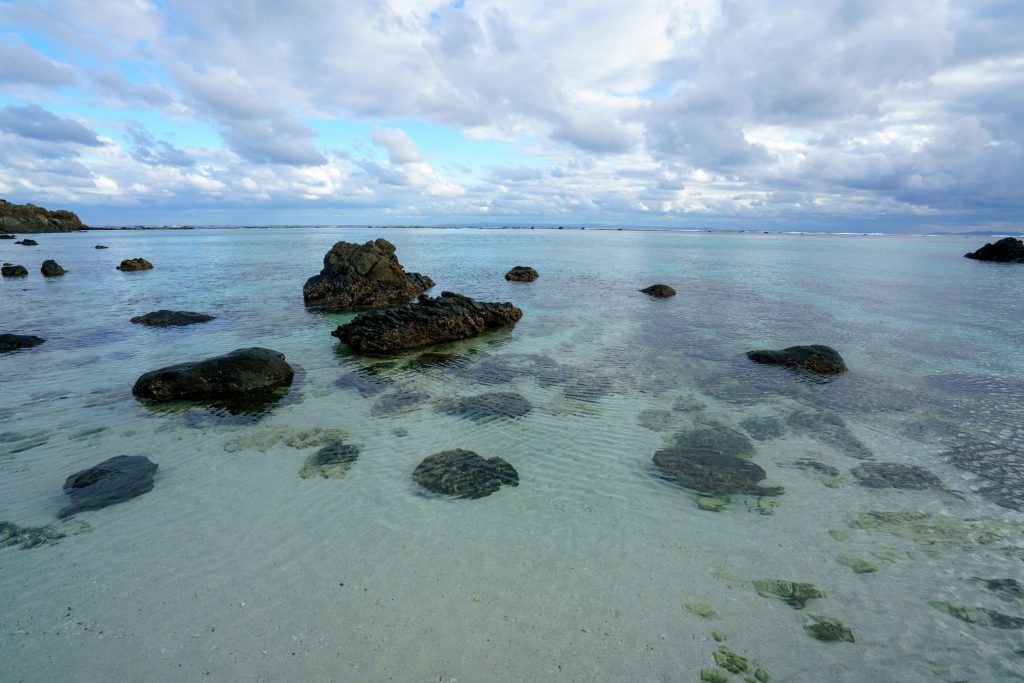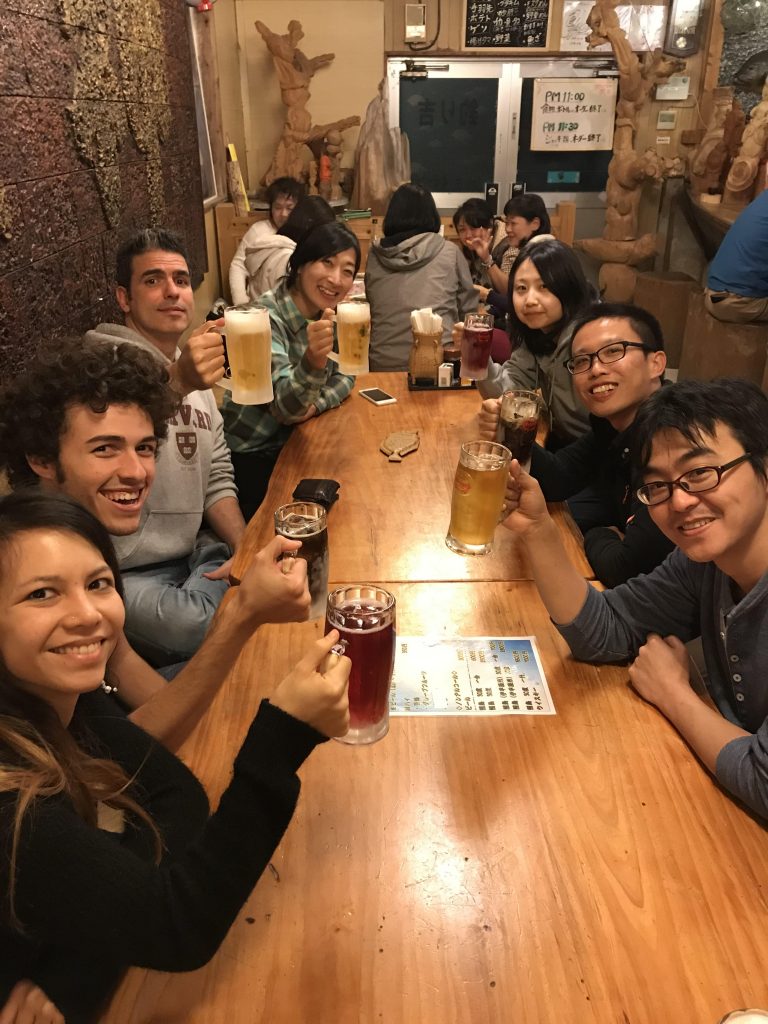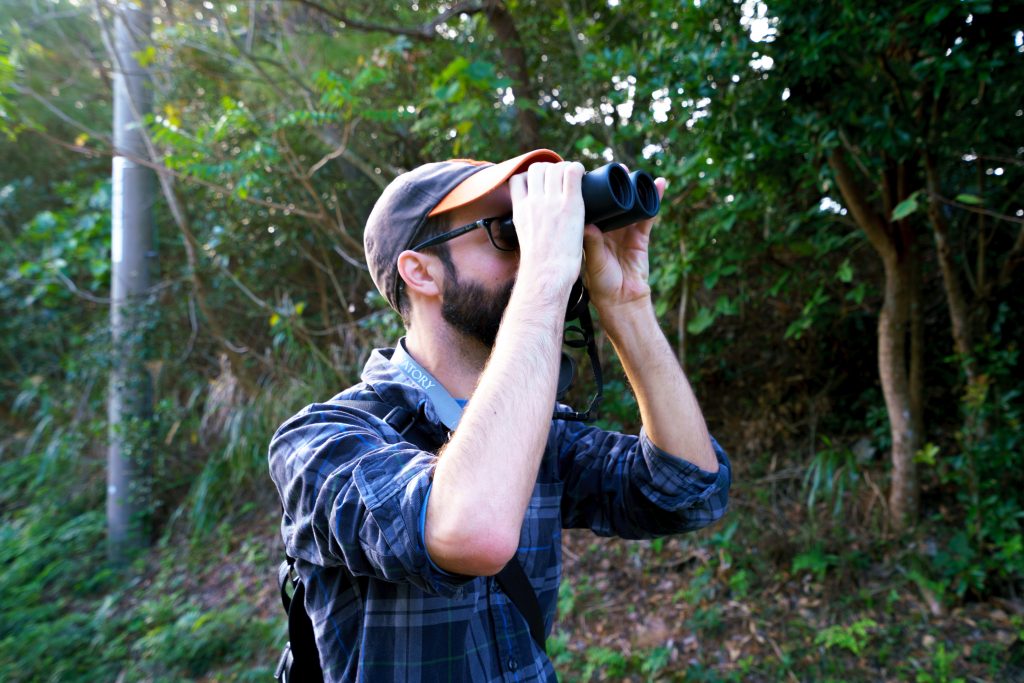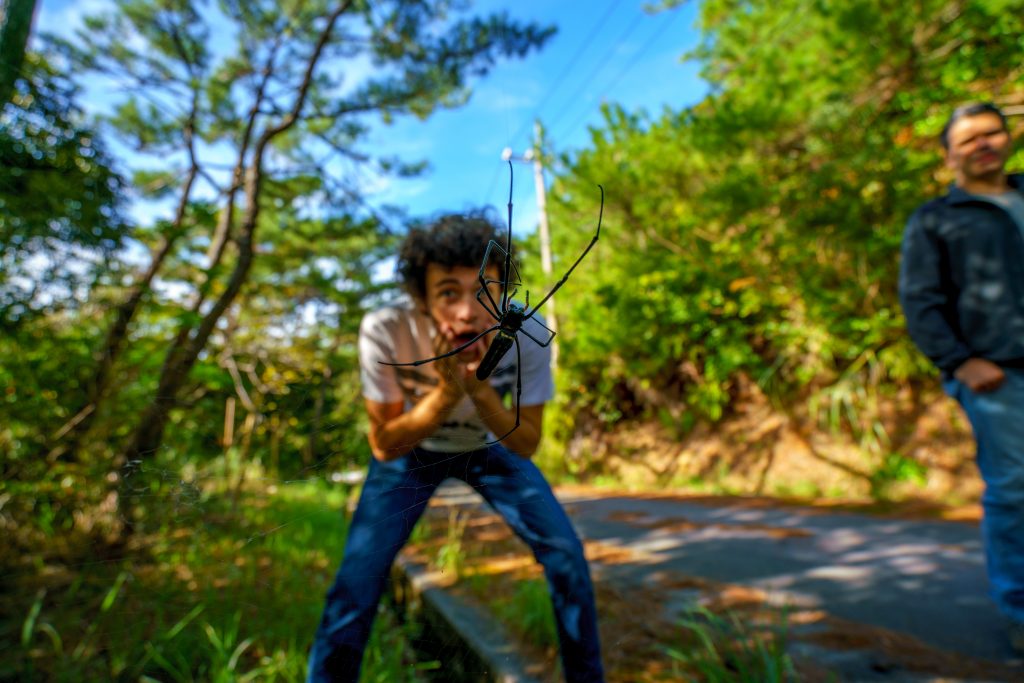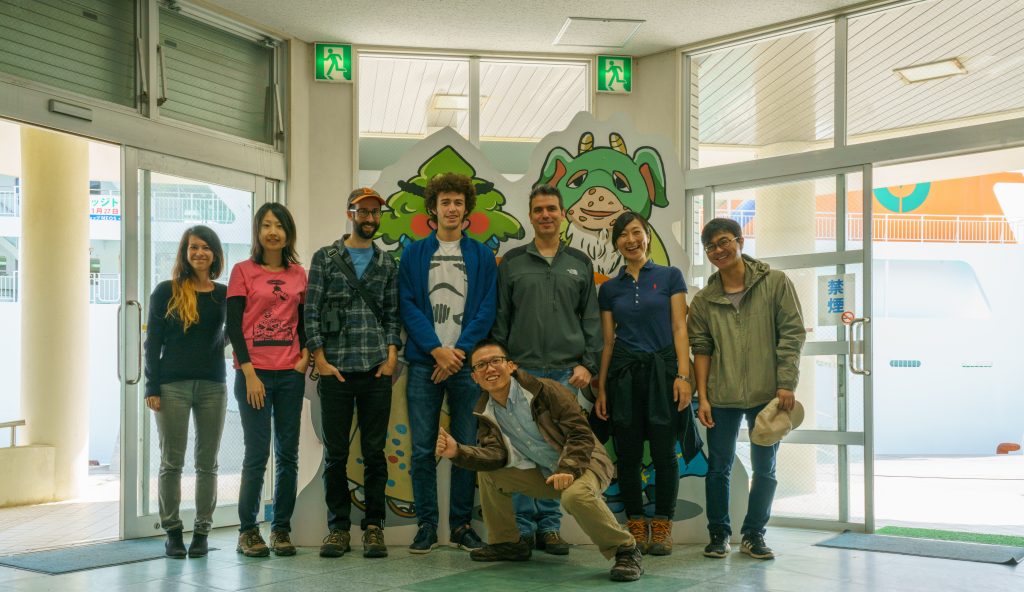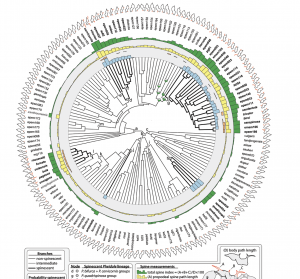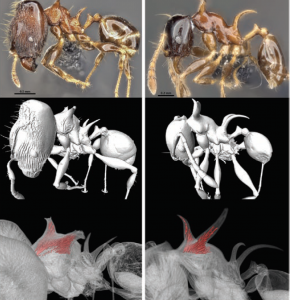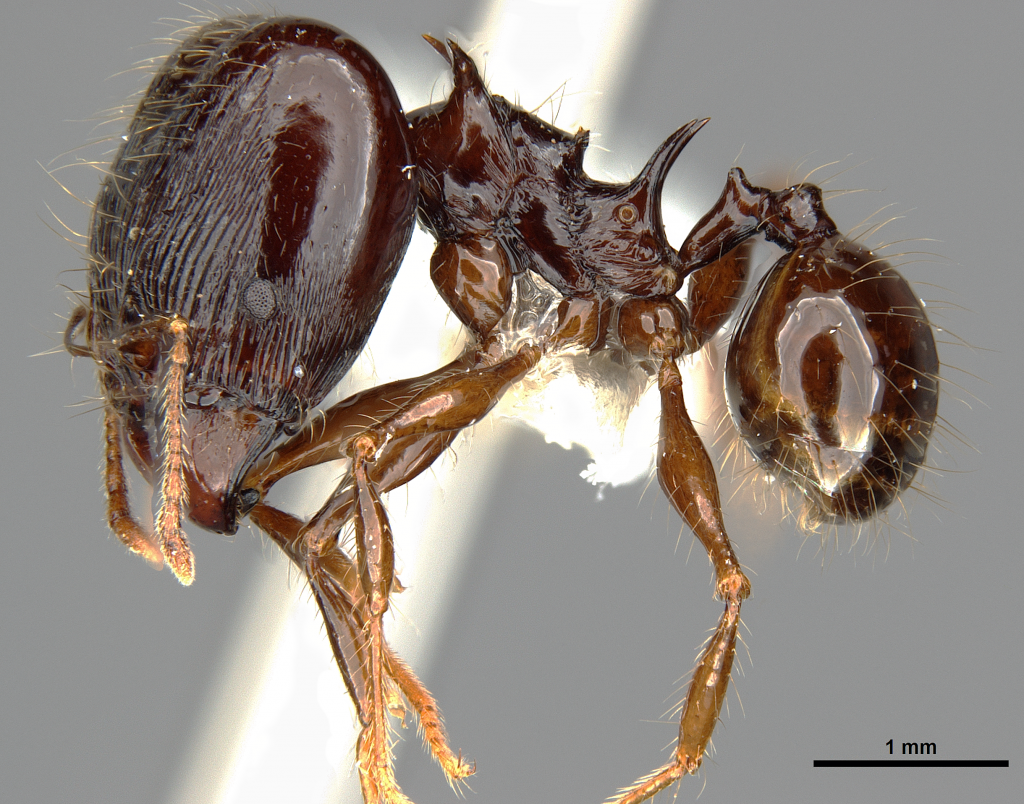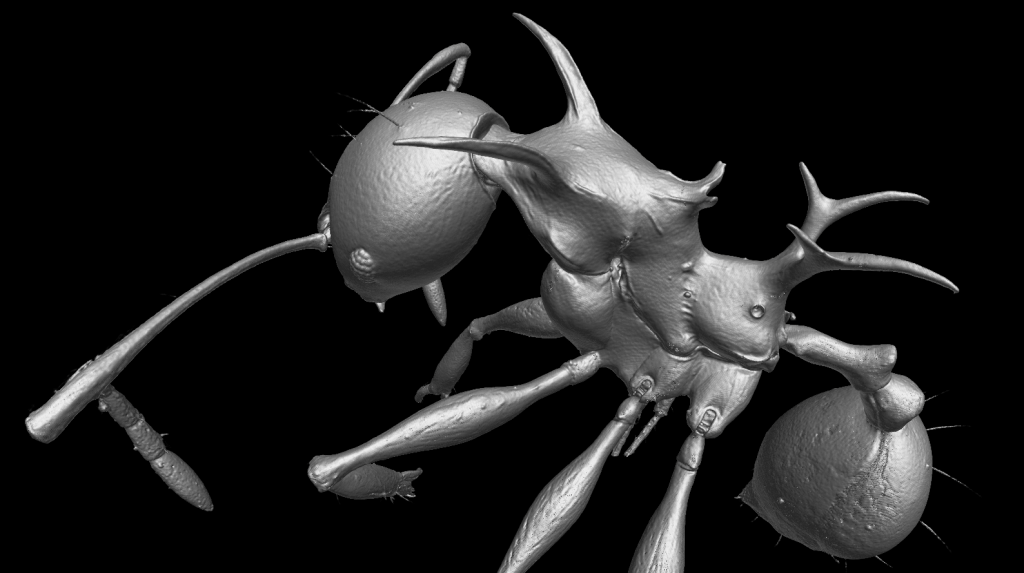We are pleased to welcome three new arrivals to the lab recently.
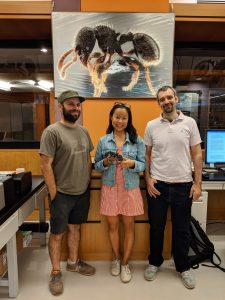 -Jamie Kass (left) is starting a term as a JSPS postdoctoral fellow coming from the US. He is an expert on species distribution modeling and one of the lead developers of Wallace. He is going to be working on our OKEON community monitoring data and also collaborating on other projects related to global biodiversity.
-Jamie Kass (left) is starting a term as a JSPS postdoctoral fellow coming from the US. He is an expert on species distribution modeling and one of the lead developers of Wallace. He is going to be working on our OKEON community monitoring data and also collaborating on other projects related to global biodiversity.
-Fumika Azuma (center), also coming most recently from the UK where she recently got a bachelors in geography from UCL, is the new technician in the lab. She has actually been here for a while as a research intern, but we liked her so much we convinced her to stay. She will be working on a range of tasks, but especially GIS, insect collection curation, micro-CT, and molecular work.
-Kosmas Deligkaris (right), coming from the UK, has a background in neuroscience and is now a computational specialist who will be working on computational support, data and database management, server admin, workflow design, and other related projects for the lab.
Welcome everyone and Gambatte!


